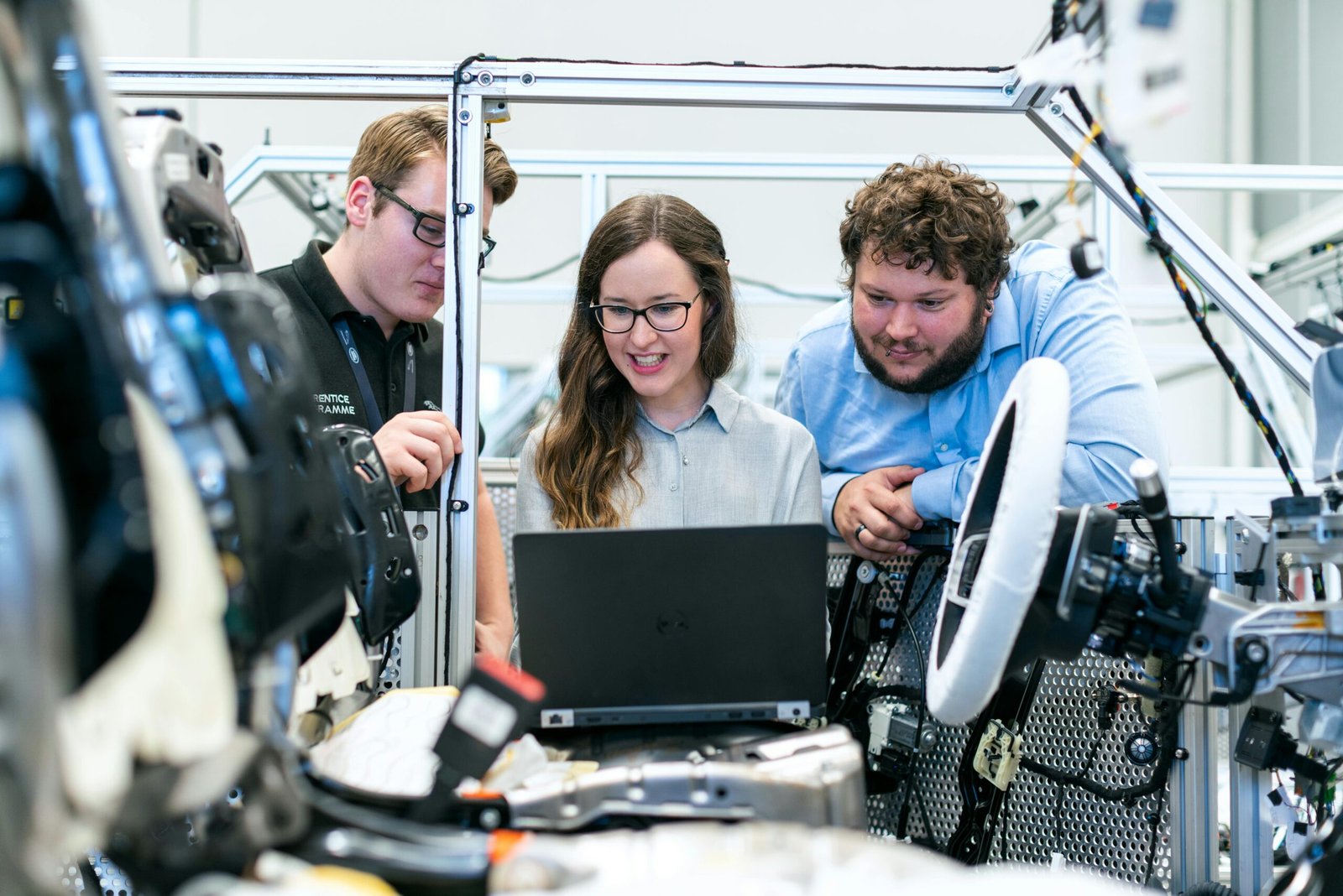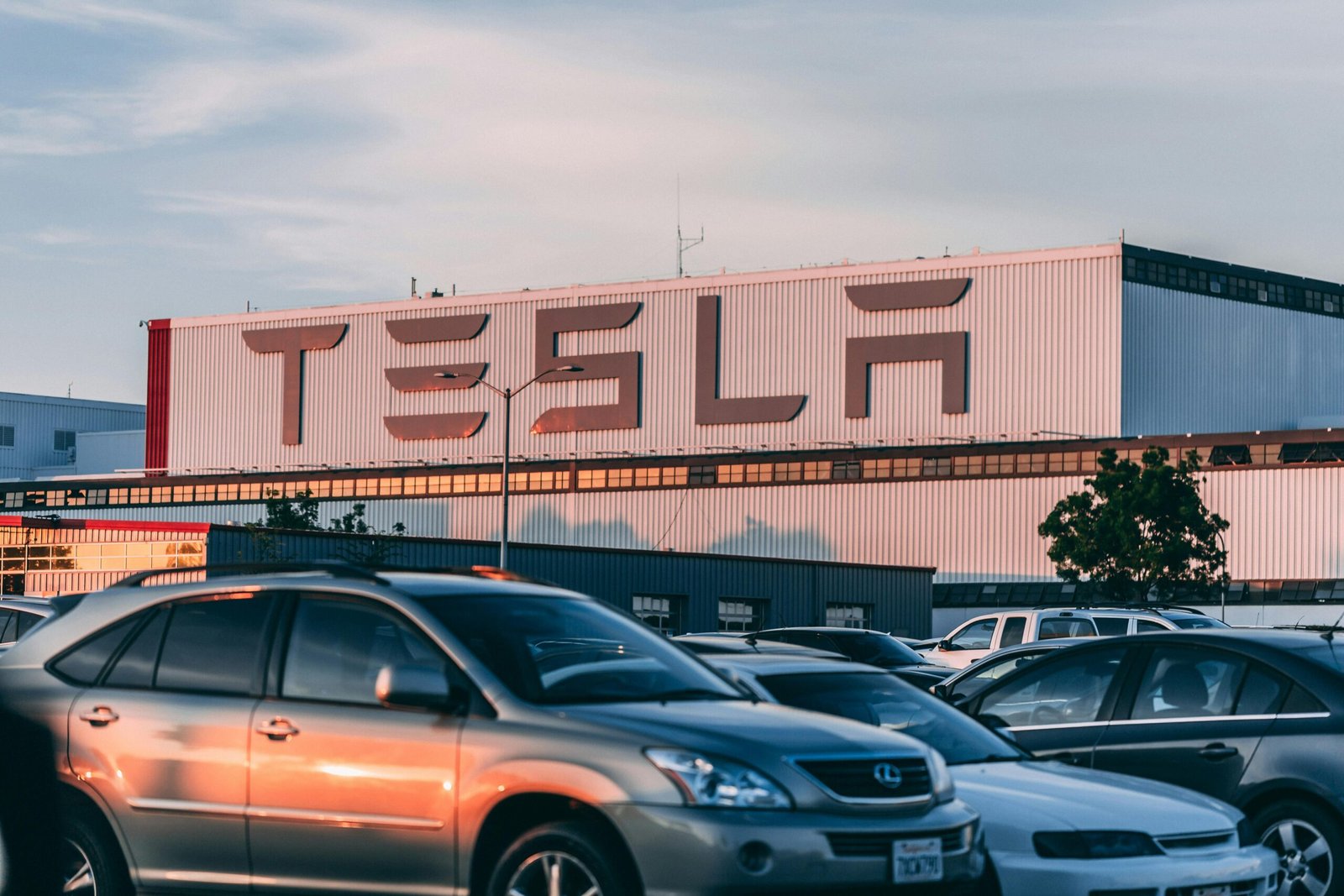Autonomous driving technology is rapidly advancing, and its impact on transportation infrastructure and road safety is profound and far-reaching. This technology promises to transform the way we commute, reduce traffic congestion, and significantly decrease road accidents. Let’s delve into how autonomous driving is shaping our roads and the future of transportation.
Understanding Autonomous Vehicles
The Technology Behind the Wheel
Autonomous vehicles (AVs) use a combination of sensors, cameras, lidar (light detection and ranging), and radar systems, along with sophisticated algorithms and machine learning, to navigate and drive without human intervention. These technologies allow AVs to perceive their environment, make decisions, and operate safely within it.
Improving Road Safety
Reducing Human Error
Human error is responsible for approximately 94% of all traffic accidents. Autonomous vehicles, governed by algorithms and constant machine vigilance, are expected to drastically reduce accidents caused by human factors such as distraction, impairment, and poor judgment. By removing these variables, AVs have the potential to save thousands of lives annually.
Traffic Efficiency and Congestion
Streamlining Flow and Reducing Jams
Autonomous vehicles can communicate with each other and with traffic management systems to optimize driving patterns and reduce congestion. For instance, AVs can synchronize their speeds to avoid unnecessary stop-and-go traffic, which not only improves travel time but also reduces fuel consumption and emissions.
Environmental Impact
Lowering Emissions and Energy Use
Autonomous vehicles are often electric or hybrid, contributing to reduced emissions compared to traditional vehicles. Additionally, their ability to drive optimally and avoid unnecessary acceleration and braking leads to more efficient driving patterns, further decreasing their environmental footprint.
Urban Planning and Infrastructure
Redesigning Cities for the Future
With the rise of autonomous vehicles, city planners are rethinking urban landscapes. Reduced need for parking spaces opens up areas for more green spaces and pedestrian zones. Infrastructure will evolve to accommodate AVs with modifications like smaller lanes, dedicated AV corridors, and advanced road sensors to enhance connectivity and safety.
Impact on Public Transportation
Integration into Existing Networks
Autonomous driving technology is also transforming public transportation. Self-driving buses and shuttles can provide more efficient and cost-effective services, particularly in areas not covered by traditional public transit. Moreover, AVs can offer last-mile connectivity, seamlessly integrating with other modes of transport to improve overall accessibility.
Legal and Regulatory Challenges
Navigating the Road Ahead
The widespread adoption of autonomous driving faces significant legal and regulatory hurdles. Governments and regulatory bodies are working to develop standards and laws that address liability in accidents, data security, and privacy concerns associated with autonomous vehicles.
Economic Implications
Job Shifts and New Opportunities
While autonomous vehicles may reduce jobs in areas like trucking and taxi services, they are also expected to create new opportunities in tech, cybersecurity, and urban planning. The transition may require retraining programs to help workers adapt to the new technological landscape.
Public Perception and Adoption
Building Trust and Acceptance
Despite the benefits, achieving widespread adoption of autonomous vehicles will require building public trust. Concerns over safety, reliability, and control must be addressed through transparency, public trials, and education to gain widespread acceptance.
Conclusion: The Road Forward with Autonomous Driving
Autonomous driving technology is set to revolutionize the transport sector by enhancing safety, efficiency, and sustainability. As we navigate the challenges and opportunities associated with this transformative technology, the potential for a safer and more efficient road network looms large, promising a significant shift in how we think about travel and urban living.
Autonomous driving is not just about technology; it’s about reimagining our approach to mobility, urban space, and how we interact with our cities. As we continue to develop and refine this technology, the impact on society and our daily lives will be profound and lasting.





